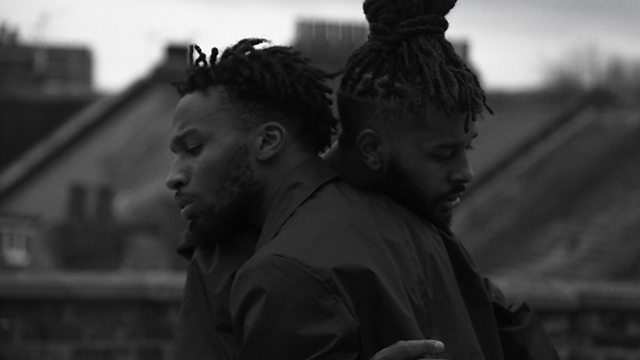Safe Space
Exploring the controversial idea and history of ‘safe space’ as it has crossed over from identity politics into the arts. But should art really be a safe space?
The idea of ‘safe space’ has migrated into the arts - in all aspects of performance, in arts education and practice, from theatre, public galleries and museums to spoken word, music and dance. It has become a fundamental idea to community and identity-based art collectives and groups.
Defined in the Oxford English Dictionary as ‘…an environment in which people, especially those belonging to a marginalised group, can feel confident that they will not be exposed to discrimination, criticism, harassment or emotional harm…’, safe spaces are not just physical art spaces like galleries and rehearsal rooms. They are metaphorical, therapeutic: spaces free from judgemental speech and unwelcome criticism where identity, at both an individual and group level, is affirmed, nurtured and supported.
The term 'safe space' connects with the idea of art as therapy, but it also joins up with anxiety around identity politics. For many young artists from diverse backgrounds, safe spaces are vital in a hostile world, offering protection from prejudice against women and people of colour, against the LGBTQ and trans communities, from Islamophobia. The term has become a key idea in arts education too, now embraced by institutions and students alike.
But should the arts really be a ‘safe space’? Isn’t the purpose of art to challenge, interrogate identity and our ideas of who we are? The struggle is between protecting artistic self-expression in a controlled environment, encouraging previously excluded voices on the one hand - and then, on the other, the easy slide into a silencing of troubling ideas, excluding ideas or projects that might make people feel vulnerable, offended or uncomfortable but that have artistic worth nonetheless.
Critics of the safe space movement are arguing that art is valuable because it must be, in the best sense, an ‘unsafe’ space. Whereas art once produced manifestos and disrupted safe spaces, it now creates them, looking inward rather than engaging outward.
Hearing from artists across a range of backgrounds and disciplines this feature explores the history and politics of ‘safe space’ and its growing hold on the arts today.
Contributors include the theatre director Ola Ince, former artistic director of English National Opera Daniel Kramer, psychotherapist Adam Phillips, author and former editor of Frieze Magazine Jennifer Higgie, sound artist and sculptor Abbas Zahedi, director of queer theatre Charlie Caine, poet and compere Rakaya Fetuga, safe space facilitator Katy Jon Went, comedian Tom Walker (aka Jonathan Pie), sociologist Frank Furedi and FUBUNATION dance collective featuring Rhys Dennis and Waddah Sinadah.
Produced by Simon Hollis
A Brook Lapping production for ������̳ Radio 4
FUBUNATION photographed by Donnie Sunshine
Last on
![]()
Seriously...
Seriously is home to the world’s best audio documentaries. Introduced by Vanessa Kisuule.
Broadcasts
- Thu 9 Sep 2021 11:30������̳ Radio 4
- Mon 13 Sep 2021 16:00������̳ Radio 4


